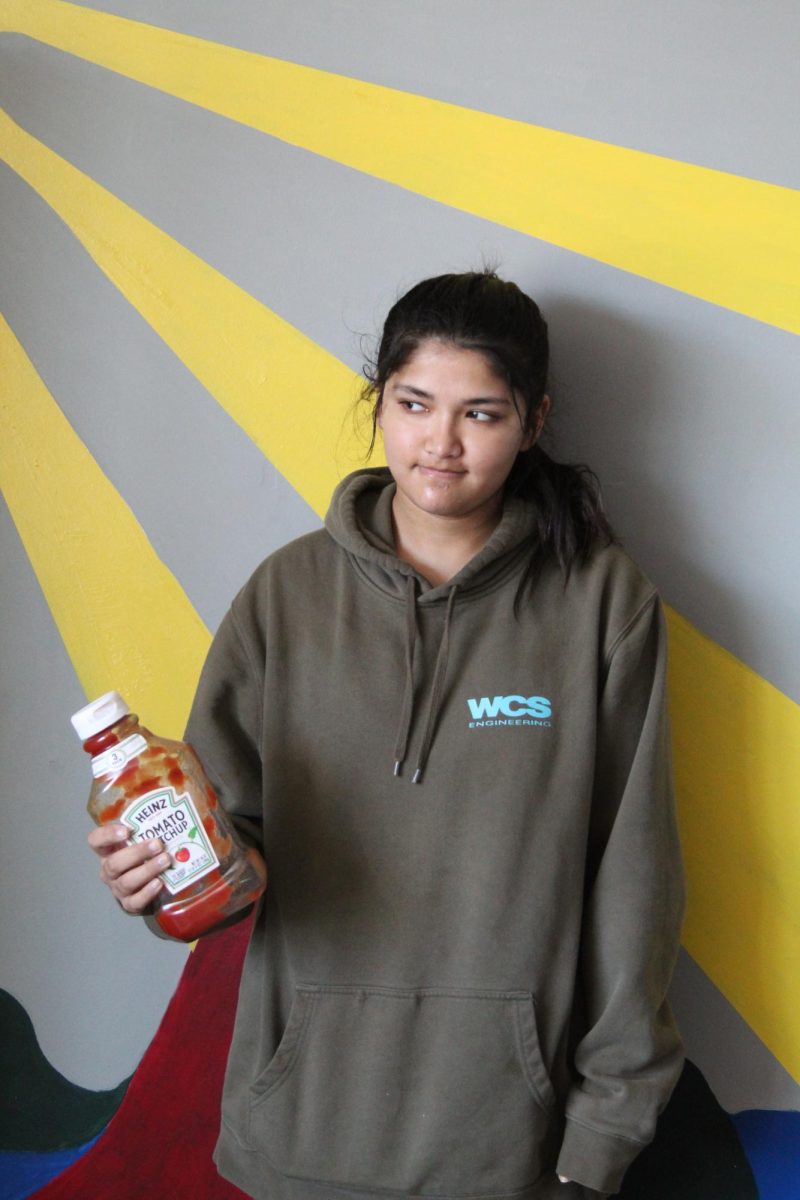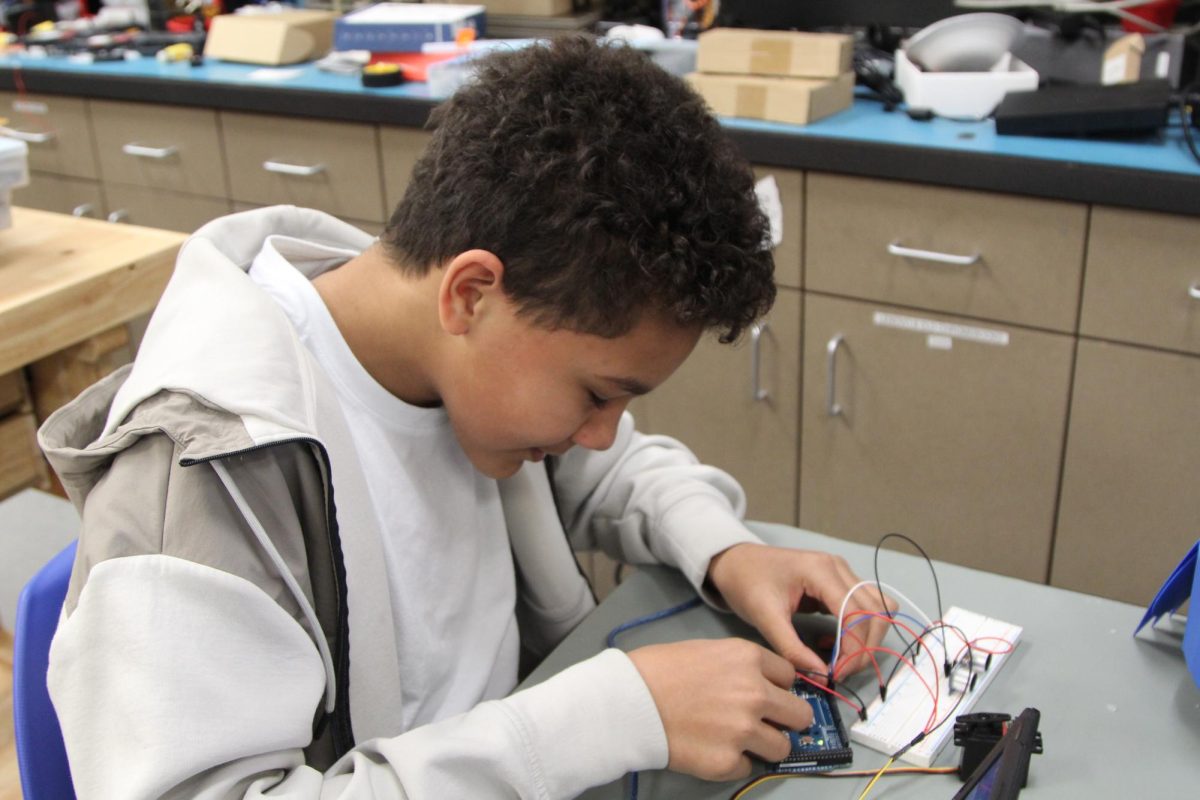America is known as the melting pot of the world, sometimes in a literal sense. With the number of intertwined food cultures in America, we are left to grapple with this question: what defines true American food?
When asked what the most American food items are, seventh grader Finn Holtkamp speaks for many: “Probably just any fast food, like a good hamburger and some fries.”
Similarly, faculty member Haley Bajorek thinks it has to be “Fried chicken … There’s nowhere in the world that makes so many different kinds of fried chicken,” she says.
For desserts, many consider ice cream the indubitable answer. Sophomore Lucien Brockhoff says, “I think ice cream actually was invented in America, pretty sure, and it’s just the American dream: [When you’re] out walking through a town on some hot summer day, you get ice cream because it’s American.”
When asked to describe the most authentically American menu, junior Katherine Eudaly says, “Breakfast would probably be some really sugary cereals, like Lucky Charms or something [that has] absolutely no nutritional value, [just] sugar and air. For lunch, probably a sub sandwich or something from Subway with chips and a large soda. Dinner might be hamburger or steak, honestly.”
Bajorek points out the differences between regions when considering America’s food culture, saying, “It also depends on where in America you’re talking about, because if we’re talking about the Midwest, it has to be a casserole, but if we’re talking about the South, then it has to be something fried. If we’re talking about the Pacific Northwest, it has to be fresh fish and vegetables.”
While there is an innumerable amount of foods in our culture, many of those were invented somewhere else and borrowed from other cultures. Holtkamp says, “I feel like America kind of just took everything from other people … We don’t really have our own food, but people consider just anything unhealthy as our food, which is kind of correct.”
Likewise, Bajorek discusses other countries’ perceptions of American food, saying, “Have you ever seen pictures or videos of the American aisle at a grocery store in Britain or Australia or something, and it’s Pop Tarts and Cheetos and super processed food? … We do snacks the best!”
Considering the true nature of American food, Eudaly says, “If you’re thinking technically, [it has to be] corn or tomato based, because those plants are native to the Americas, so like corn on the cob or something could be argued to be an American food.” But she also thinks that borrowed foods could count, because “a hamburger in the U.S. versus a hamburger in Germany would be two very different things.”
Because of this diversity, Americans can enjoy food from every culture right here in the country. Sixth grader Deja Dolar likes “Thai. They make rolled ice cream and stuff,” she says.
Eighth grader Luken Galdos shares that he loves “Piaya,” but he comments that the American version is “not authentic. It just doesn’t taste as good. I think it’s just the style of cooking,” he says.
However, some dishes create confusion. Bajorek clarifies what foods are actually modified: “I think we’ve all been lied to. Chicken Parmesan is not an Italian dish. It’s not. It is, straight up, an American food. It is not Italian. Even like Alfredo, not Italian, not even close,” she says.
Brockhoff holds an open-minded view about different versions of foods, saying, “It’s a free country … If you want to make a mac and cheese and pulled pork burrito, that’s fine. You could be wrong, but that’ll appeal to someone … There are so many people who are coming from these places, too, and then showing their food, even if they change it a little bit, I think it’s fine.” To him, the epitome of American food is “any food that brings people together in America … People come here, [and] they bring their cuisines, and then it melts together and makes U.S. food.”





